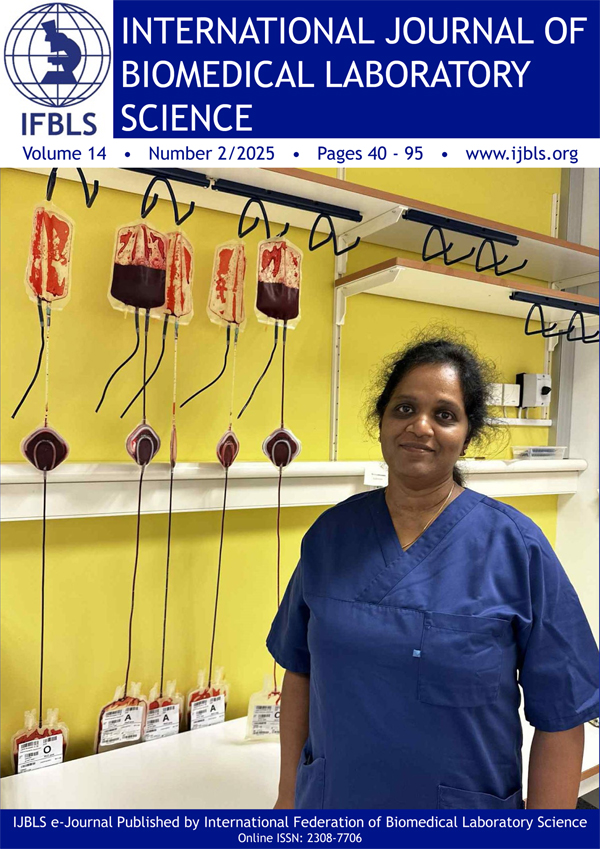Review article: A Modified Approach to Medical Laboratory Science Clinical Experiences in a Health System in the United States
Toni Ontiveros, Patricia Tille
Abstract
One of the most significant challenges contributing to the increased vacancy rates and workforce shortages of Medical Laboratory Scientists (MLS) in the United States is the inability of students to procure a clinical site or clinical programs for training and practical experience. This is due to shortages of practicing MLS professionals required to maintain internship programs and provide training. Baby boomer retirements, laboratory program hiatus, and, more recently, COVID-19 have escalated employee demands and intensified resignations, career changes, and premature retirements within the clinical environment. Elevating vacancy rates within organizations has sparked an evaluation of barriers and pathways to support modification of existing MLS training programs. As a result, this paper provides strategies to incorporate additional laboratories and use best practices in laboratory simulation and online learning to increase student opportunities for clinical training within a hospital or health care organization. Synchronizing didactic lectures and clinical instruction, using online Problem-Based Learning (PBL) and weekly Team-Based Learning (TBL) can eliminate the need for rigorous one-on-one clinical rotations. Health care organizations and clinical laboratories must collectively address current and future needs in the MLS workforce. Pedagogical changes are needed to increase the number of student opportunities for training within clinical laboratories and strong support to establish a framework to modify approach to MLS clinical site training.
Key words: MLS, Student, Vacancy rates, Clinical Laboratory, Clinical Experiences.
Int. J. Bio. Lab. Sci 2022(11)2:59-70 【PDF】



